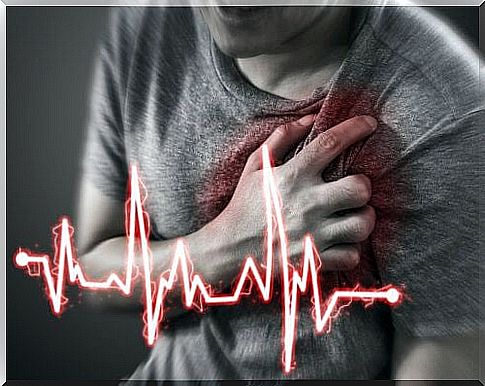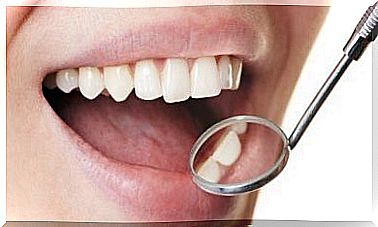Epigastralgia Or Upper Abdominal Pain
Epigastralgia can be a symptom of other diseases, so pain in the middle upper abdomen should always be considered.

Under epigastralgia refers to upper abdominal pain, more specifically between ribs and navel, because this area is referred to as epigastric.
In the upper abdomen are the stomach, duodenum, pancreas, liver and gallbladder, and the spleen. Parts of the large and small intestines are also located in this abdominal area.
Epigastric pain can be symptoms of another disease. You feel pressure on the upper abdomen and often a burning sensation, which is often accompanied by nausea and severe discomfort.
What is Epigastralgia?

Epigastralgia manifests itself as upper abdominal pain in the area of the epigastrium. As already mentioned, there are various organs in this abdominal area, which is why it is initially difficult to find out what specific causes lead to the symptoms.
Some patients suffer from continuous pain, while others experience sudden and short-term symptoms.
The following symptoms become noticeable:
- Intense pain in the epigastrium
- nausea
- Nausea
- heartburn
- Feeling of fullness after a few bites
- Cramps in the abdomen
- cold sweat
- Gas formation
- Episodes of diarrhea or constipation
What are the causes of epigastralgia?

Epigastralgia from problems with the esophagus
- Esophagitis (inflammation of the gullet) and a hiatal hernia are the most common causes of an upset stomach.
- Inflammation of the esophagus is usually caused by reflux, which should be treated as soon as possible.
- A hiatal hernia is more common in people over the age of 50. Symptoms such as heartburn, discomfort with swallowing and digestion, bad breath, etc.
Epigastralgia due to stomach discomfort
- Epigastralgia can also result from diseases of the stomach.
- For example, a stomach ulcer can be responsible for this. Pain usually begins in autumn and winter and is stronger at night. One often finds relief when eating.
- Acute gastritis is also a common cause. This can be triggered by inflammation, toxins or certain foods.
- In this case, the pain is very intense and is usually accompanied by nausea and great nausea.
Epigastralgia due to intestinal discomfort
The pain in the upper abdomen is also sometimes caused by appendicitis.
- It is therefore very important to see a doctor if you have severe upper stomach pain or to have an emergency room check-up.
- On the other hand, Crohn’s disease could also trigger the symptoms in the epigastric region in the first phase.
- If the pain spreads to the left abdominal area, it usually affects the colon. It could be diverticulitis, stomach volvulus, or other symptoms.
- Irritable bowel syndrome can also lead to epigastralgia. In this case, colic and gas formation usually occur.
Discomfort with the pancreas
Inflammation of the pancreas can also lead to upper abdominal pain. In this case, it is important to see a doctor, especially if nausea, upset stomach, and other symptoms are also present.
Note on heart disease!

This information is also very important in order to prevent more serious complaints.
- An acute heart attack can cause epigastralgia, which means that pain in the upper abdomen can be felt.
- This symptom is also often felt in diabetics before a heart attack.
- The pain is sudden, overwhelming and accompanied by nausea. In this case, you should see a doctor as soon as possible, who can make the correct diagnosis and initiate appropriate treatment.
How can you prevent epigastricgia?
As we have explained, these are complaints that can be traced back to certain diseases. The causes are very diverse (stomach upset, gastric ulcer, irritable bowel syndrome, heart problems …), but they all have one thing in common: diet is a fundamental factor in the prevention of epigastralgia.
Eating a healthy, balanced, varied diet can reduce the risk of upper abdominal pain.
Note the following recommendations:
- Cut down on unhealthy fat consumption.
- Opt for more base-forming foods.
- Eat several times a day, but in small portions. This will keep your digestive system from becoming overloaded.
- Eat lots of fresh fruits and vegetables, avoid foods with preservatives and other chemicals.
- Reduce your consumption of sugar and salt.
- Try to take as little medication as possible (e.g. avoid ibuprofen and other non-steroidal anti-inflammatory drugs) unless prescribed by your doctor.

If the pain is intense and you have doubts, you should definitely see a doctor for clarification.
As always, prevention is the best medicine: maintain your health through appropriate lifestyle habits.









